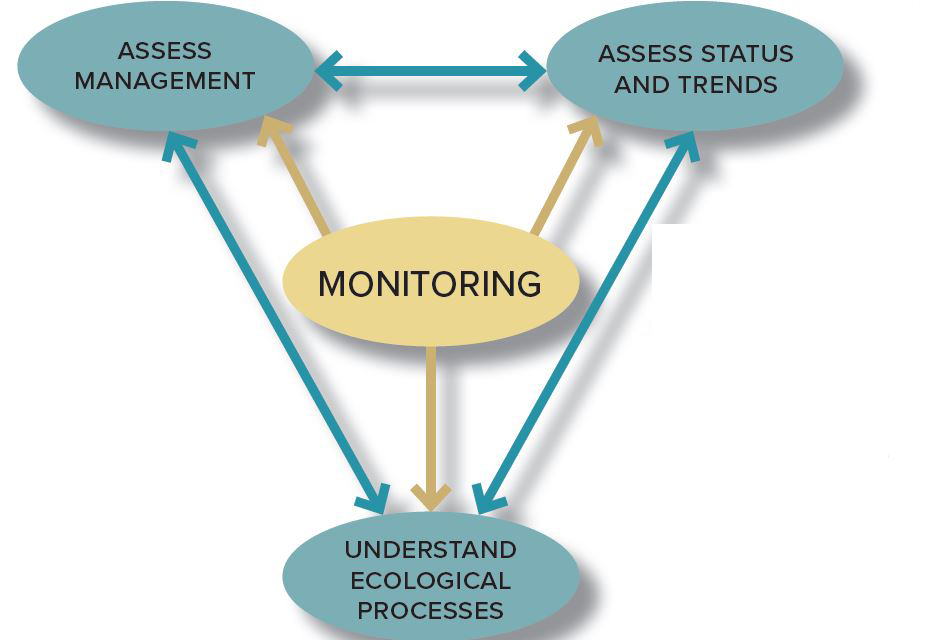Twenty Agencies Form Monitoring Network to Help Save Avian Wildlife
February 16, 2016

The Gulf ecosystem provides a vital home to many songbirds, and it provides crucial habitat for waterfowl during the winter months. The Deepwater Horizon oil spill drastically altered avian wildlife and their Gulf of Mexico coastal habitats at an unparalleled magnitude. The environmental tragedy highlighted the importance of providing adequate data of pre-spill baseline conditions of avian wildlife and resources.

In this time of catastrophe and adversity, scientists and civic officials collectively grasped the need for a comprehensive and integrated plan to evaluate damages and to lay out a response procedure for on-the-ground restoration efforts. This shift of focus resulted in several avian scientists collaborating to form the Gulf of Mexico Avian Monitoring Network. Gulf coastal habitats for songbirds and waterfowl are increasingly stressed by manmade pollutants like land development, oil and gas actives, and degraded water quality. GoMAMN represents 20 agencies that make up a network of scientists and land managers that provide a much needed forum to quantify the magnitude of manmade environmental impacts, as well as evaluate contemporary restoration and management actions.
The GoMAMN venue will ensure the most up-to-date science is integrated into conservation strategies and disseminated to decision-makers, managers, landowners, and the general public about the invaluable natural resources of the Gulf of Mexico.

For more information, please contact Randy Wilson (
randy_wilson@fws.gov) or Jeff Gleason (
jeffrey_gleason@fws.gov).


